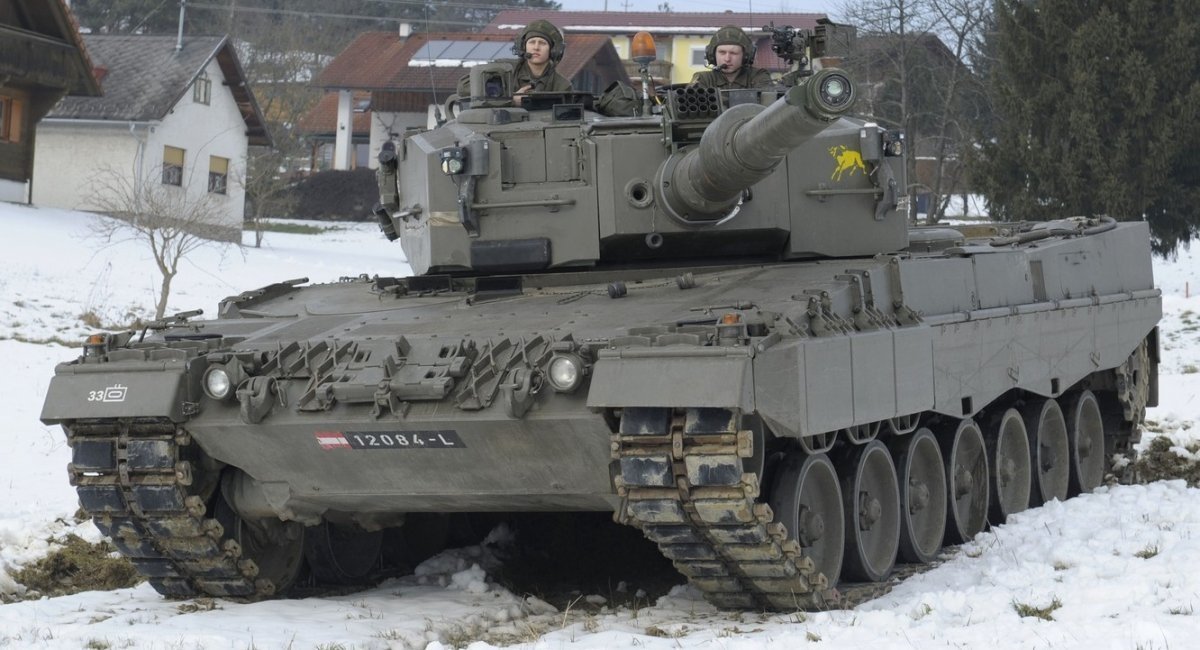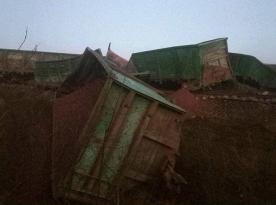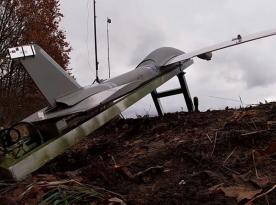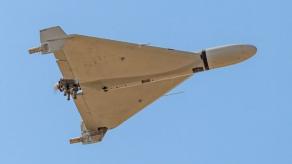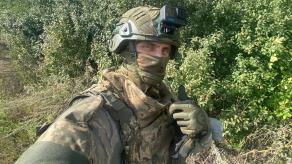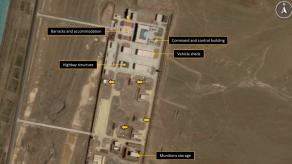As soon as the news of ukraine receiving western tanks and other armored vehicles came through, everyone familiar with the Ukrainian tank tradition started guessing whether Ukrainians would right away start to cover all the Leopards, Abrams, Marders and Bradleys with explosive reactive armor modules.
With modern graphic design software, even the concept images began appearing of how it might look in reality. Here, for example, is how one of the designers imagined a Leopard 2A4 covered in ERA modules.
Read more: Chile Has Leopard 2 Tanks And Hundreds of M113 APC’s And Marder IFV’s, But They Won’t Be Used As Military Aid For Ukraine
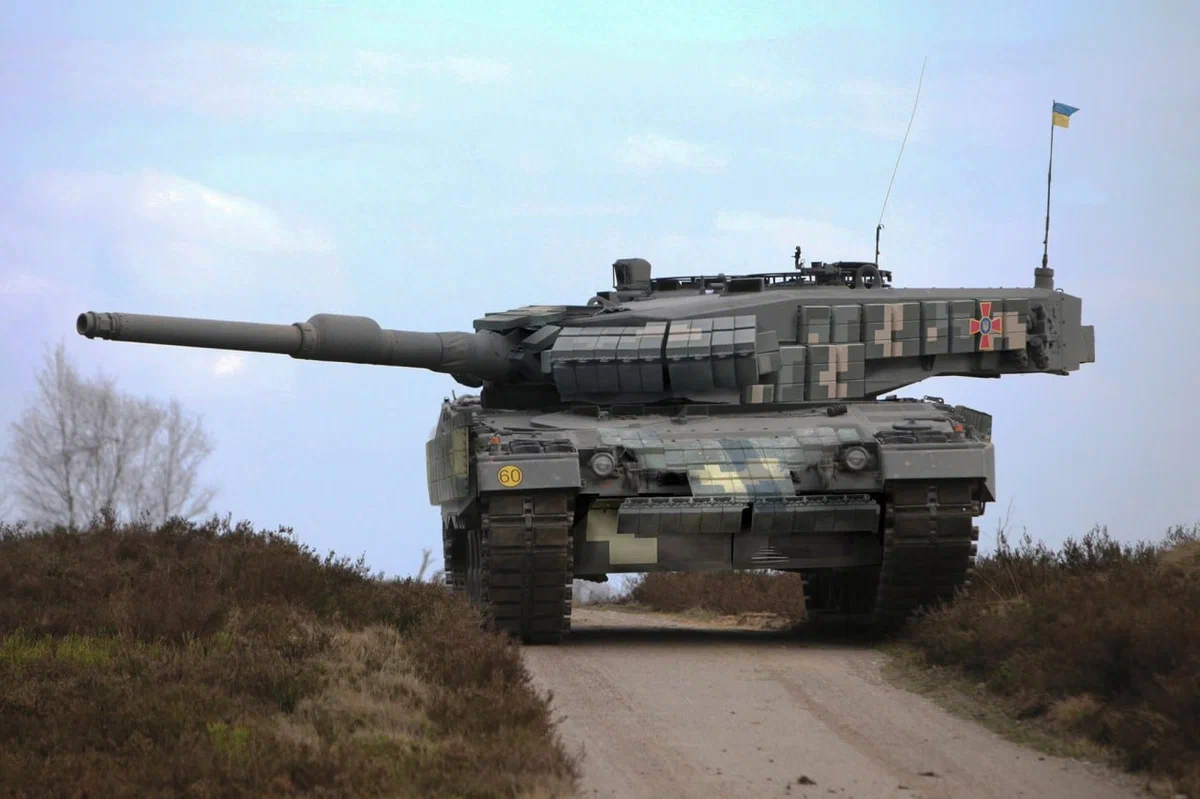
Jokes aside, recently, there was a photo circulating in the social media of a Leopard 2 tank with reactive armor welded to the hull which looks to be happening in reality.
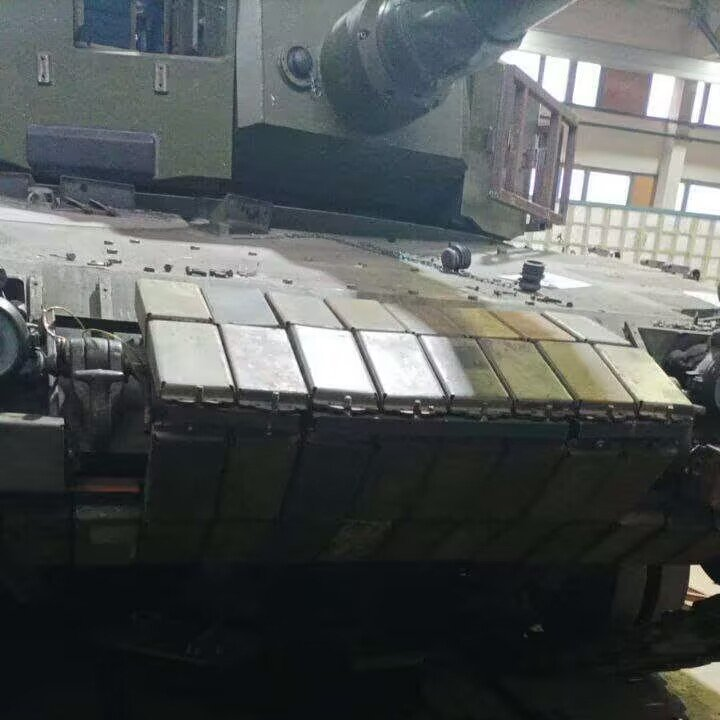
The containers with explosive armor were welded to the front side facing bottom and partly upward. We can see as well that the turret was prepared for the upgrade, too: the handrails were removed and their fasteners became the basis for the support structure. The sides of the turret will be armored, too.

We can assume that the same works would be logical on the sides of the main body of the tank. The purpose of all this engineering is simple – to increase the protection of the Leopard 2A4, just as how it was done during the modification to the 2A5 level which is now known for its arrowhead-shaped turret front. The original modification also brought more armor on the side skirts and anti-fragmentation spall liners inside the hull.
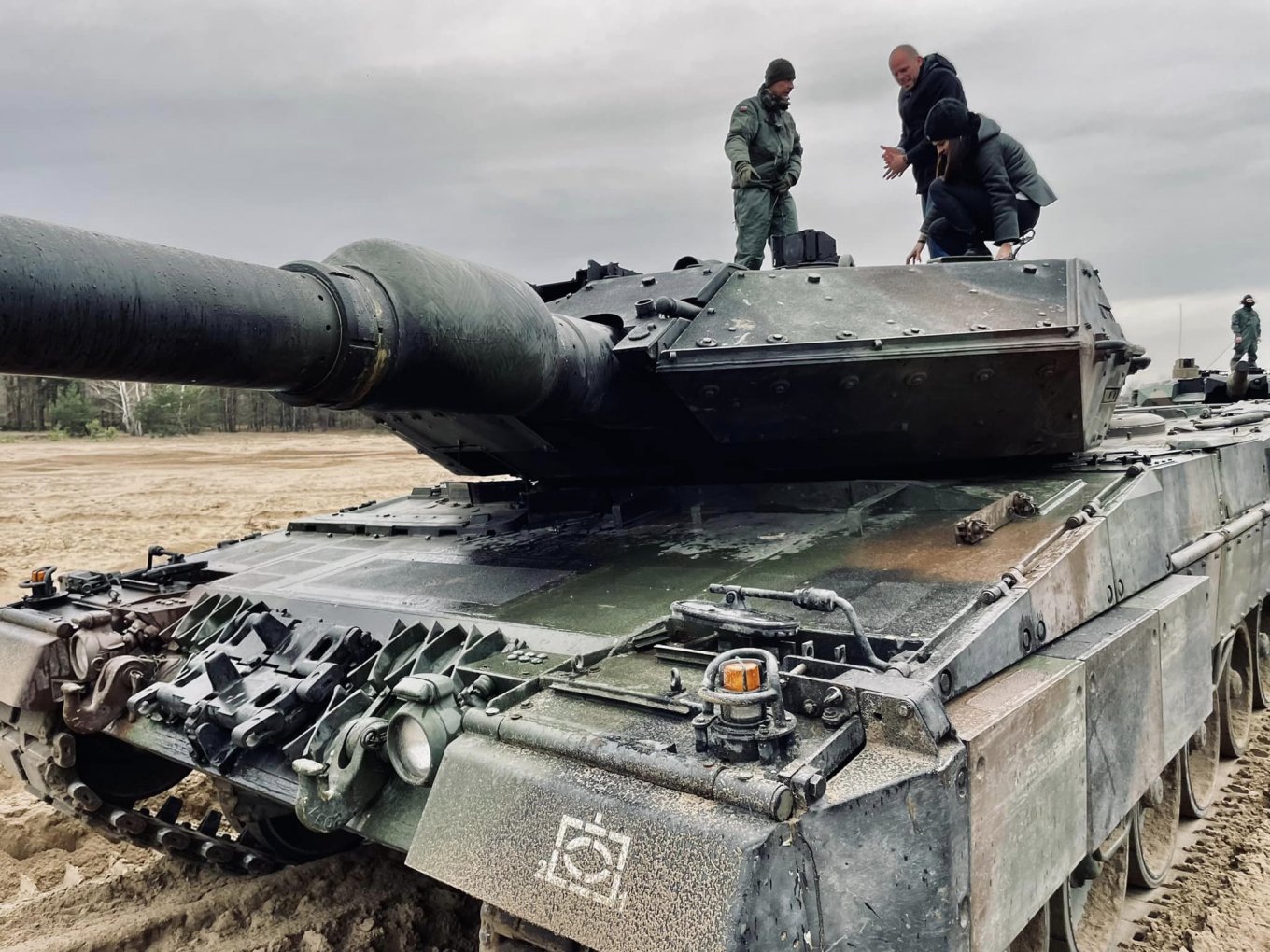
Although, during modernization, the "arrowhead" is installed not on top of the existing armor – instead, the turret front is being cut open, and a new armor kit is placed. In other words, the scale of work is much bigger than simply putting reactive armor blocks, but it pays off with better protection against subcaliber projectiles.
Worth mentioning, West traditionally uses NERA modules (non-energetic reactive armor), though occasions of Leopard 2A4 operators using explosive armor were recorded as well.
For example, Turkish Roketsan presented its own modernization of the Leopard 2A4 with a new armor kit named T1 Armor System:
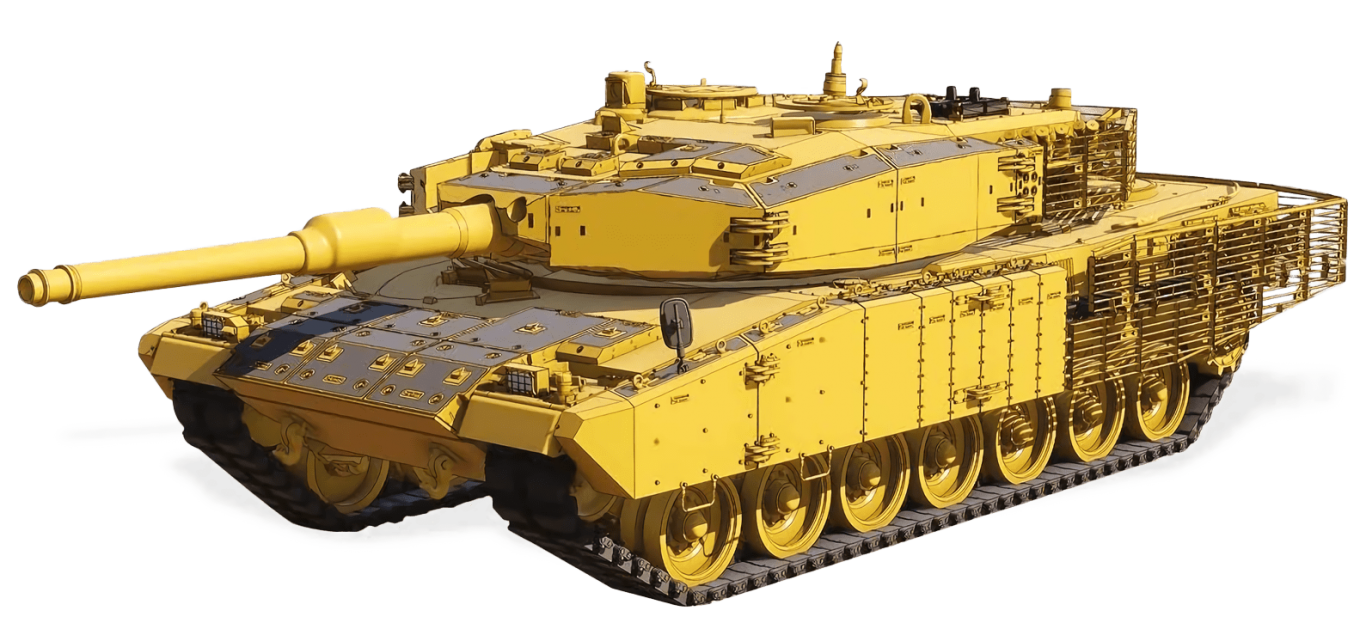
This kit combined both ERA and NERA elements and was developed based on experience gained in battles in Syria. Basically, that was the only time Leopard 2A4 was used in real combat conditions when the adversary widely used anti-tank weapons.
There is no precise data on how much the protection level was increased but the overall weight of the armor kit was declared 6.3 tons, with the vehicle's total weight going up to 61.3 tons.
Savunma Sanayii Başkanlığı, Leopard 2A4 tanklarının modern muharebe ortamına uygun olarak yeteneklerini artırma çalışmaları kapsamında, @roketsan’daki Balistik Koruma Merkezinde tasarlanıp üretilen zırh paketinin seri üretimine geçerek tanklara entegrasyonuna başladı. pic.twitter.com/mjemwj9Jh7 — Ajans Haber (@AjansHaberResmi) June 6, 2021
There is also a polish modernization of the leopard 2A4. The leopard 2PL had very different looks and also included armor improvement though without ERA. The Polish designers also were very concerned about the combat mass increase so they don't need to make adjustments to the chassis. They only added additional armor to the turret and this way managed to fit in 59.2 tons.
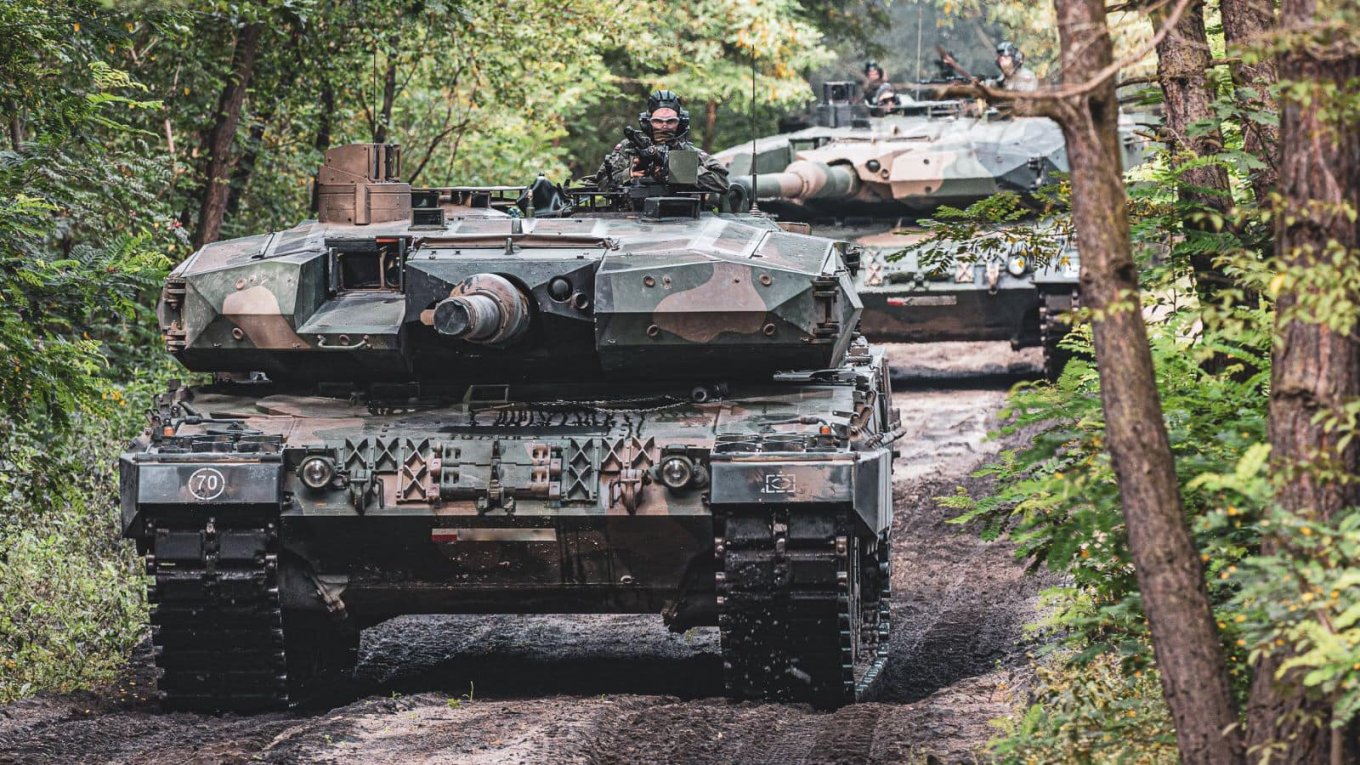
So in general, the intent to increase the Leopard 2A4 armor is reasonable. Is there any way to achieve that in a short time other than install reactive armor – probably not.
We should also keep in mind that the containers from the Kontakt-1 ERA kit may contain much better modules from the Nizh kit of Ukrainian development. By the way, practice shows that using separate modules turned out to be more efficient than applying an entire Nizh kit because replacing individual wasted modules compared to built-in components is much simpler in field conditions.
Of course the question of and the additional armor affects the vehicles undercarriage remains open. The total weight of reactive armor kit can be up to 1.5 to 2 tons ( the average weight of their kid on solid vehicles is 15 tons but the surface area of the leopard 2a4 is bigger due to its size). Although the approximate weight of a single container is 5-6 kg, most of the weight comes not from the containers but the supportive structure. That said, the approximate combat mass of a Leopard 2A4 fully equipped with reactive armor may reach 57 tons, which is still less than the Polish Leopard 2PL that managed to have an upgrade without changes to its chassis.
Goes without saying, this additional armor will not elevate the Leopard 2A4 up to the Leopard 2A5 level in itself but for sure it will make for a good upgrade over the basic version.
Read more: Ukraine’s Military Destroy russia’s Depot and Equipment Near Bakhmut with One Shot Strike (Video)




